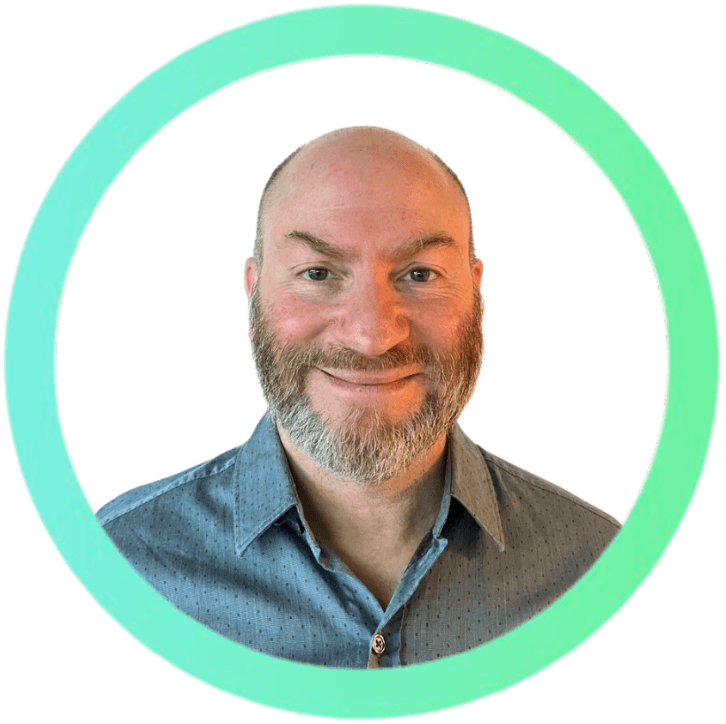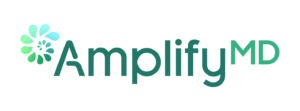
Nicholas Okon, D.O.
Telestroke Medical Director
Tell us about your background and what drew you to neurology.
I grew up in Chicago, on the north side, in a middle-class neighborhood. I was always interested in how things worked and was initially drawn to engineering, but while I was an undergrad, I came to realize that the human nervous system was already the ultimate design. I became fascinated with the brain and how it worked. Around that time, my grandmother had a stroke, and she came to live with us. Trying to help her is what really got me interested in the field of neurology, and I decided to go to medical school.
“I was initially drawn to engineering, but while I was an undergrad, I came to realize that the human nervous system was already the ultimate design.”
How did your journey progress into TeleStroke medicine?
After a stroke fellowship at the University of Chicago, my wife and I were anxious for a change, so we said goodbye to city life and moved to Montana. This was 25 years ago. At that time, there was a huge gap in the standard of stroke care in rural areas compared to what I had experienced in Chicago. Once I recognized the need, I spent the next several years dedicated to building stroke networks, opening a stroke center, and teaching at remote clinics. With stroke, timing is crucial, and I saw an opportunity to extend care through telemedicine, eventually formalizing statewide and multi-state networks that still operate today.
Why did you decide to join AmplifyMD as their TeleStroke medical director?
Over the past two decades, I’ve enjoyed building stroke networks, training physicians, and connecting people and facilities to improve stroke outcomes. I’ve also spent a fair amount of time building technology to improve telestroke care. Like most physicians, my ability to practice effectively has been hampered by rigid, unwieldy EHR systems. I had the passion and the know-how to build something better, but as a practicing physician, I didn’t have the bandwidth or resources to build a scalable solution. Healthcare isn’t innovating as fast as other industries in the U.S., and EHRs are a big part of the problem. But AmplifyMD is disrupting the status quo, and their mission aligns with my passion for improving healthcare systems. When I found out about the technology they were developing, I wanted to be a part of it.
“AmplifyMD is disrupting the status quo, and their mission aligns with my passion for improving healthcare systems.”
Why haven’t hospital IT departments been able to independently build the necessary resources TeleStroke teams need?
Hospital IT departments primarily focus on supporting EHRs, which are often very complex and expensive systems. Due to budget constraints, EHR customization is often limited, which is especially frustrating for clinicians and department leaders who can’t tailor workflows to meet the needs of their teams. In almost every case, the sheer size, cost, and complexity of EHRs make it challenging for hospital IT departments to address specific needs beyond the EHR’s basic functionalities.
How is AmplifyMD’s technology alleviating the burdens on care teams, particularly in data collection for quality metrics such as those required by programs like Get With The Guidelines™?
Everyone focuses on getting the note in the chart because that’s the requirement, right? But capturing quality metrics in real-time and acting on those metrics is even more important. Nurses currently dedicate significant time to manually extracting data from paper charts for quality metrics. This data is generally weeks old, if not months old. The process involves filling in missing information and gaps in the Get With The Guidelines™ database, often resulting in inconsistencies. By integrating technology into medical workflows, we can produce real-time quality metric dashboards. This is a huge opportunity for continuous process improvement. And this kind of real-time data enhances stroke care but also has the potential to impact other medical areas like ICU, cardiology, and trauma.
“Everyone focuses on getting the note in the chart because that’s the requirement, right? But capturing quality metrics in real-time and acting on those metrics is even more important.”
What qualities do you seek in physicians who want to join AmplifyMD’s TeleStroke team?
First and foremost, I am looking for physicians with extensive experience in vascular or neurocritical care with a passion for stroke telemedicine. We seek out individuals who are willing to step into ED settings and understand the urgency of stroke care. Interestingly, a lot of these physicians also have an entrepreneurial spirit and a track record of innovation in their own careers. Like me, they are drawn to AmplifyMD, in part because of the cutting-edge telestroke technology.
How has TeleStroke changed since you started practicing it two decades ago?
Video, for starters. 25 years ago, telestroke services were a peer-to-peer phone conversation. But with video, telestroke physicians can engage directly with the patient, visually assess symptoms, and guide the bedside staff remotely. Beyond video, there is a growing recognition of the need for interoperability and data exchange between different healthcare systems to ensure comprehensive patient care and quality improvement efforts. At AmplifyMD, we’re focused on solving these challenges through better technology, including bi-directional EHR and DICOM integrations that help physicians practice up to 33% faster and give hospitals actionable real-time data across multiple facilities, which is incredibly valuable for stroke network management. Improved technology is driving down costs and improving efficiency, and I’m looking forward to the changes this will mean for hospitals everywhere.
Why should a hospital system partner with AmplifyMD for TeleStroke service?
As the medical director of the program, I’m obviously a little biased, but I believe our technology is a differentiator. We’ve got an expert stroke panel, industry-leading door-to-needle times, and real-time data for continuous process improvement. For any hospital that isn’t fully satisfied with its current program, we’d be happy to discuss how we could help.


